Allegorical figure.
Gouache on paper.
Beginning of the 19th century.
These allegories are taken from the collection of engravings named Antiquities of Herculaneum made by Tommaso Piroli and published by the Piranesi brothers, between 1804 and 1806. The work was intended to illustrate and introduce the wall paintings discovered in Herculaneum during the second half of the eighteenth century. The explanations given by Chaude complement the engravings by giving indications on the color that Maestri followed to the letter.
The ornamental friezes added at the bottom of each representation are inspired by the same work, but rather than scrupulously respecting the layout of the original frescoes, Maestri assembled the motifs according to his personal fantasy.





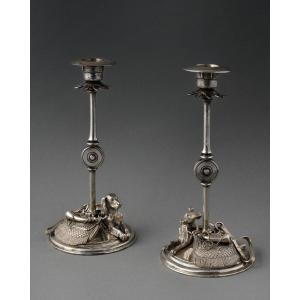

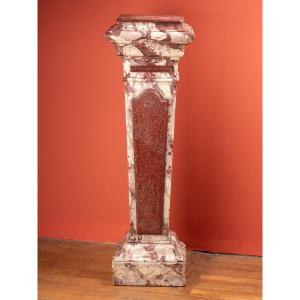

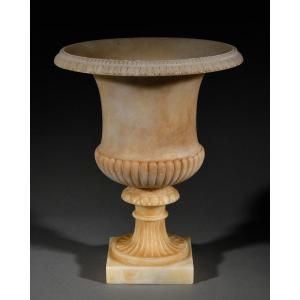
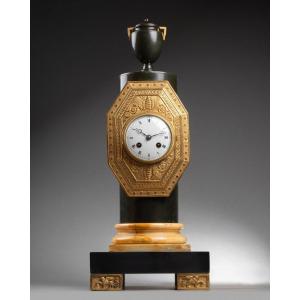


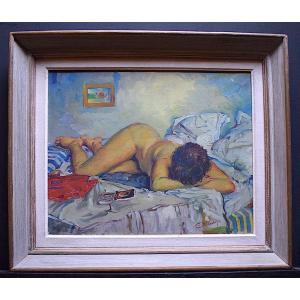
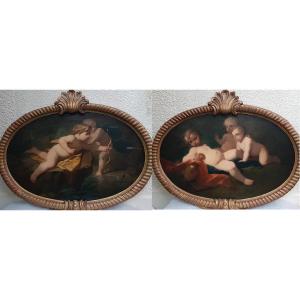

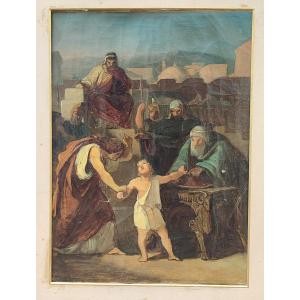



 Le Magazine de PROANTIC
Le Magazine de PROANTIC TRÉSORS Magazine
TRÉSORS Magazine Rivista Artiquariato
Rivista Artiquariato
